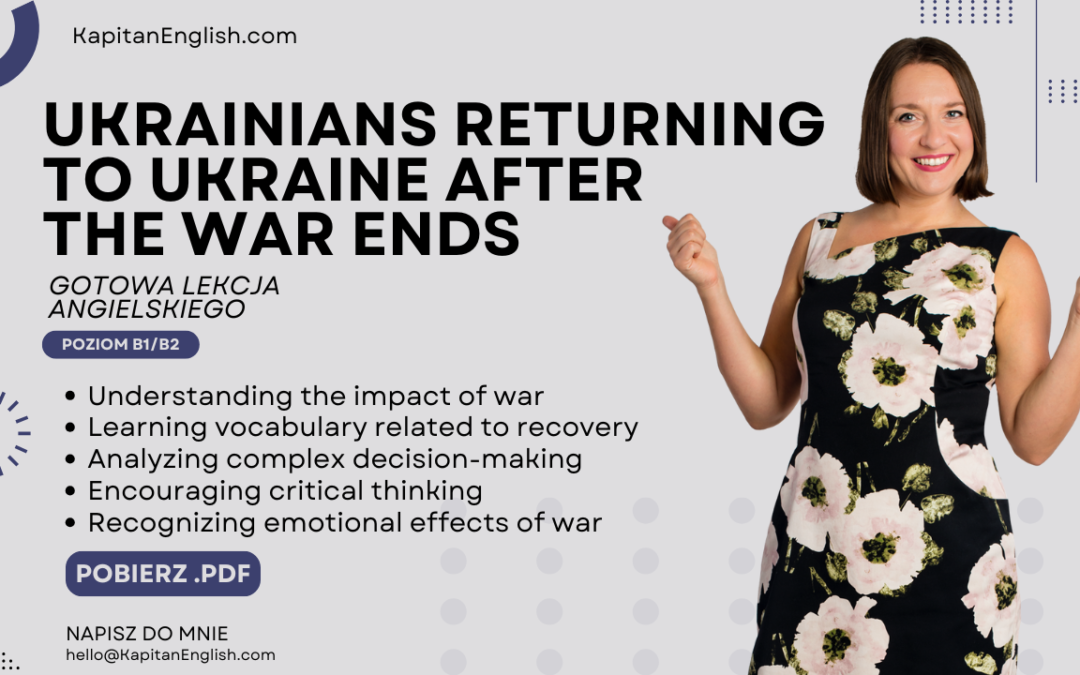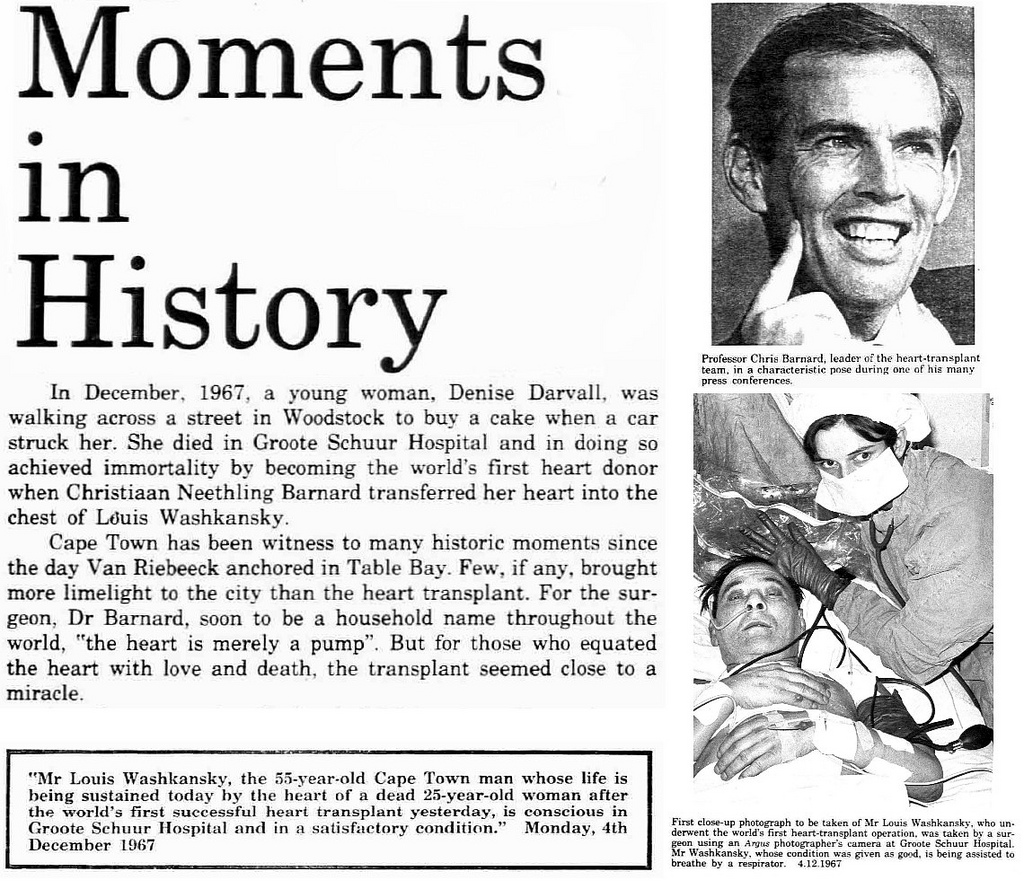
Ukraińcy powracający do Ukrainy po zakończeniu wojny
“Powrót do Ukrainy po wojnie? Obejrzyj lekcję, która pomoże Ci zrozumieć, co naprawdę się dzieje!”
Link do lekcji w .pdf:
Opis:
Właśnie opublikowaliśmy na YouTube najnowszą lekcję angielskiego, w której razem z Kapitanem English, nauczycielem z Piaseczna i Nowej Iwicznej, rozkminiamy temat powrotu Ukraińców do ojczyzny po wojnie. W tej lekcji nie tylko omawiamy tekst anglojęzyczny, ale również tłumaczymy go na polski, analizując plusy i minusy takiej decyzji. Brzmi ciekawie? Zdecydowanie!
Kapitan English zabiera nas na wycieczkę po temacie pełnym trudnych decyzji, emocji, a także wyzwań związanych z odbudową Ukrainy po wojnie. Czy warto wrócić do kraju, który właśnie wychodzi z cienia wojennego kryzysu? Co może przyciągnąć Ukraińców z powrotem do ojczyzny? Jakie są zagrożenia i trudności związane z takim powrotem? Dowiesz się tego w najnowszej lekcji!
W artykule, który analizujemy, mówi się o tym, jak powracający Ukraińcy mogą pomóc w odbudowie kraju, połączyć się z rodziną, ale także o wyzwaniach, takich jak zniszczona infrastruktura, niestabilność gospodarcza i psychologiczne skutki wojny. Mamy też słówka, które mogą przydać się każdemu, kto chce mówić o trudnych tematach po angielsku. Od “infrastructure” po “rebuilding” — mamy to wszystko!
Zachęcamy Cię do obejrzenia tej lekcji, bo oprócz praktycznej nauki języka, dostajesz solidną dawkę wiedzy na temat bieżącej sytuacji na Ukrainie. Idealne dla zaawansowanych uczniów, którzy chcą połączyć naukę języka z głębszym zrozumieniem współczesnych tematów. Dzięki tłumaczeniom i szczegółowym analizom tekstu, rozwiniesz nie tylko słownictwo, ale i umiejętność rozumienia bardziej złożonych tekstów.
A jeśli poczujesz, że chcesz więcej takich lekcji i naprawdę poprawić swój angielski, zapisz się na kurs w Kapitan English! Mamy lekcje online i stacjonarne, a nasze kursy są idealne dla każdego, kto chce nauczyć się angielskiego z prawdziwego zdarzenia. Dołącz do naszej ekipy i zacznij mówić po angielsku jak Kapitan English!
Zobacz naszą lekcję na YouTube, rozwiń swoje umiejętności i bądź gotowy na wszystko!
Obejrzyj film tutaj:
Nie zapomnij także subskrybować kanału, aby nie przegapić kolejnych odcinków pełnych przydatnych wskazówek językowych i nowych tematów do nauki! Kliknij dzwoneczek, by zawsze być na bieżąco i rozwijać swoje kompetencje językowe razem z nami. 📈✨
#JózefosławEnglish #NowaIwicznaLanguageSchool #MysiadłoEnglishClasses #AngielskiJózefosław #AngielskiNowaIwiczna #AngielskiMysiadło #EnglishInJózefosław #EnglishInNowaIwiczna #EnglishInMysiadło #LanguageLearningJózefosław #LanguageSchoolNowaIwiczna #EnglishNearMe #EnglishInMyArea #LocalEnglishClasses #JózefosławTutor #NowaIwicznaTutor #MysiadłoTutor




